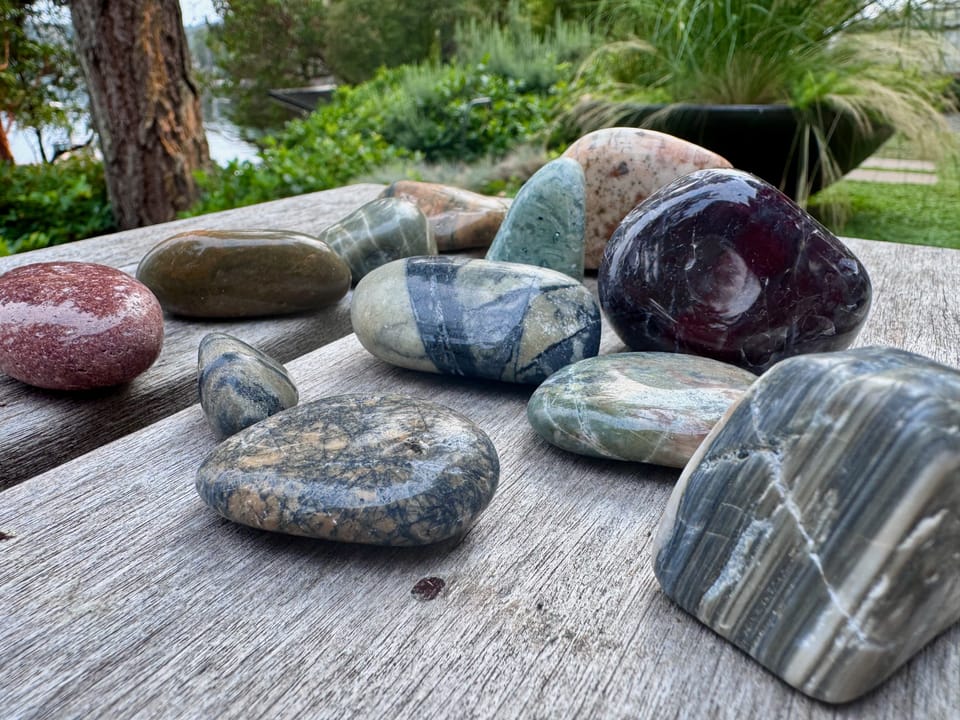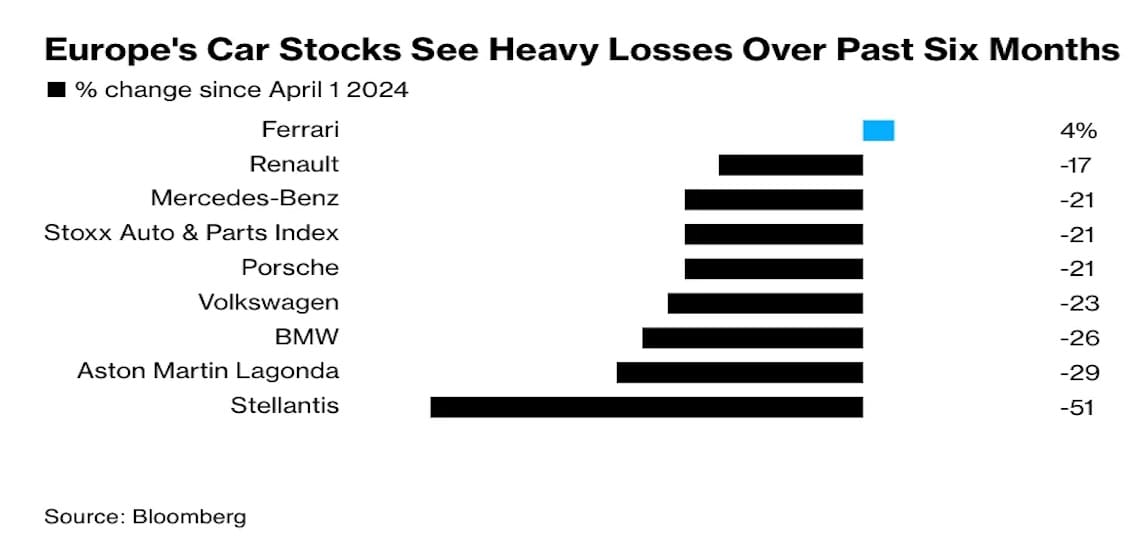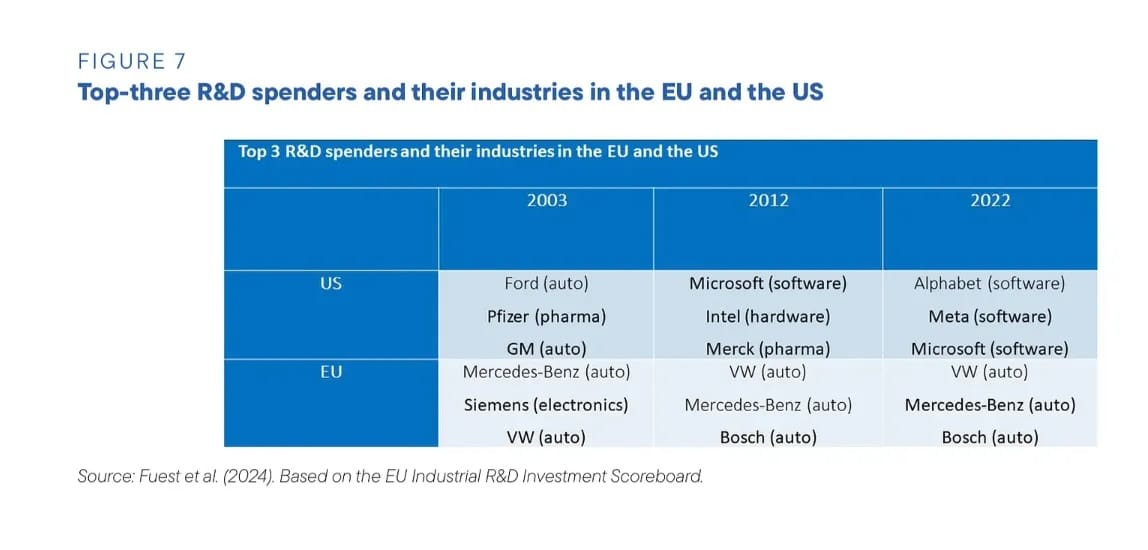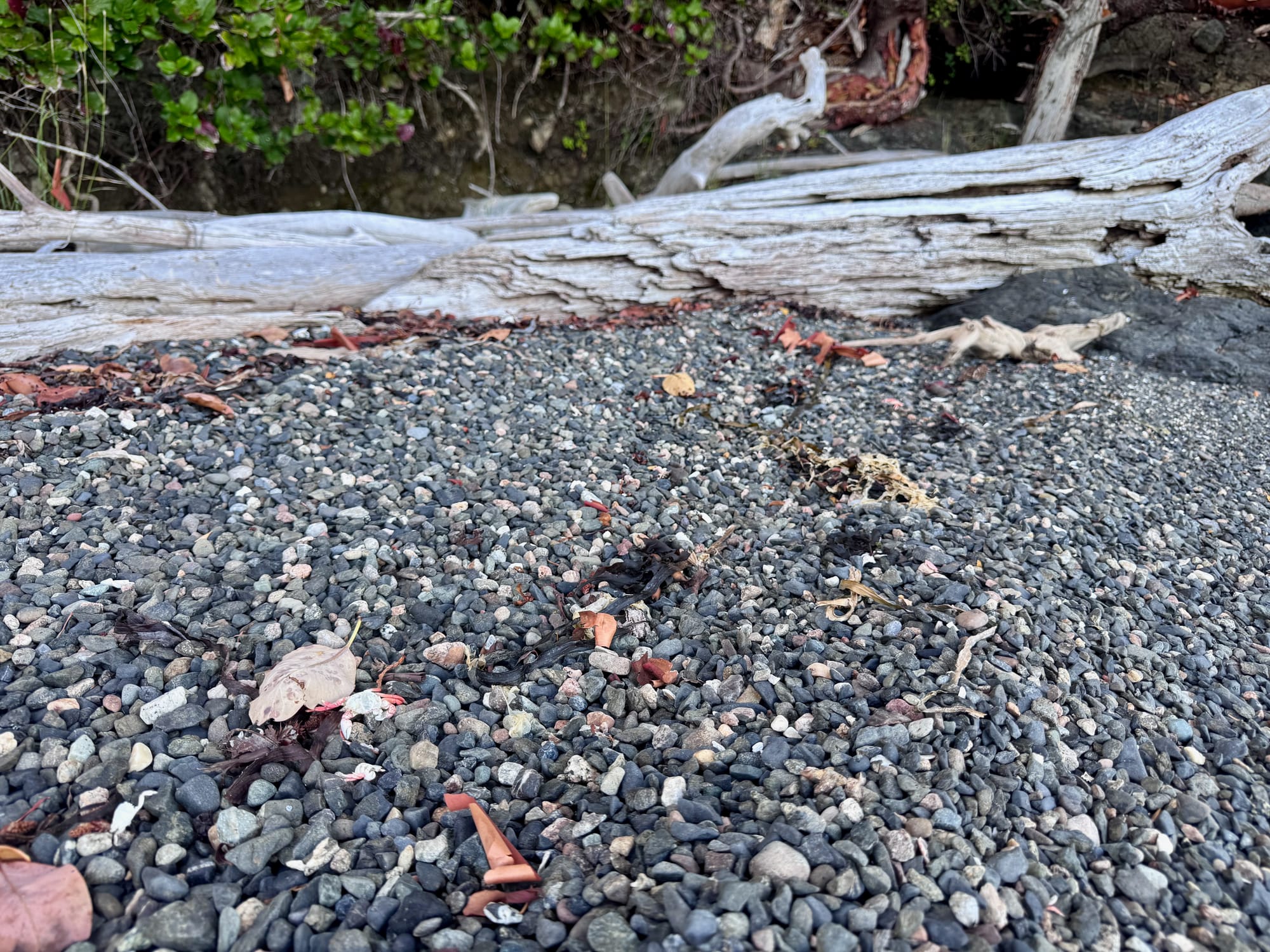Face computers, autos and industrial policy, and the grind (Revised)

(An earlier version of this post had some incorrect picture links. Apologies, and thanks to Vlad for noticing).
Jamming technology onto our faces seems inevitable. I’ve been wearing technology on my face since I was a kid. The particular technology I’ve been wearing — eyeglasses — has been life-changing for me, and the industry has figured out how to make them stylish, low-cost, and comfortable. Nearly everyone who needs them can afford them, and they come in an astonishing range of designs and an ever wider range of vision features — tinted lenses, transition lenses, progressive lenses, polaroids, etc. And human vision is unlikely to dramatically change — people are going to continue to need various types of vision assistance, and have proven to be open to innovations that help vision.
So, I am totally good with putting technology on my face, and many other people will be as well, as long as the technology is affordable, reasonably stylish, comfortable, and solves some everyday problems. 66% of US adults wear corrective lenses of some sort; it is a vast market.
I like my Meta Ray-Bans; they have cracked the code. They look and feel like regular Ray-Bans. They add more features to regular glasses — phone calls, music listening, picture taking, and a little AI. They are reasonably priced. They’ve done a good job on the battery experience. Unsurprisingly, they have been successful — technology that seamlessly replaces an existing device with more features is a winning approach. People understand how to use them intuitively; the channel largely understands how to sell them.
I also have an Apple Vision Pro. There is so much technology in this thing, oh my gosh. It has been worth trying for all the technology. But it largely sits on the shelf. It is not cheap, nor stylish, nor all that comfortable. It is inspiring and gives a sense of where we can go with the technology, so I love it for that. I certainly would love to augment my vision with tagged content, explanations, hands-on guides, etc.
Now Meta is teasing Orion (plus the cool neural wristband). It pulls some of the features of the Apple Vision Pro down into a much better form factor, which is very appealing. The cost is too much for the mass market, but that will improve.
We are all still learning what combo of features and price is going to work — but something will definitely work.
I will say this — if the Orion had a great golf training app that tracked swing, face angle at impact, and attitude of hands and gave advice based on results, it would sell at nearly any price. Golfers love technology; better gear is all that separates a duffer from a US Open champion.
Automotive competitiveness and R&D
Last week I wrote about the gap in digital innovation between the new EV entrants and the legacy automakers.
This story just keeps building. Some great charts at Chartbook really tie the story together. The stock market is unhappy with European automakers, probably in part due to the perceived technical gap. It is going to be very difficult to fund a first class technology team without an equity offering that is competitive with tech equity packages.

And the auto industry drives industrial R&D in Europe. The lack of digital competitiveness is going to have dramatic downstream impacts.

This story is still being written; it has huge industrial development implications for Europe and the US, and I am not sure our policy makers are on the right track yet.
Banning Chinese Software is not the solution
An outright ban on China-originated software for connected cars is a popular idea, but it is poor policy. China EV makers are racing ahead of their US and European counterparts on both software and EV technology. Banning this from the US market will just raise prices for US consumers, limit access to the best products, and encourage complacency in US manufacturers.
We should take a page from the China industrial policy playbook. Chinese companies should absolutely bring their best products here, and to do so, they must adhere to some requirements:
- They must establish 51% US-owned subsidiaries
- The vehicles sold in the US must have a minimum amount of US-developed software and EV content
- The US subsidiary must own all patents, copyrights, trade secrets, and any other IP for the vehicles and all supplier content.
- All user data, model data, and training data must be domiciled in the US, must be owned by the US subsidiary, and all cloud software must be owned and operated by the US subsidiary
Some foreign entrants may choose to not participate in the US market as a result — but I bet most of them will play ball. The US market is huge and valuable.
The goal is not to limit US consumer choice, but is to encourage repatriation of jobs and IP to the US. We need a policy that is explicitly focused on this repatriation.
Grinding away
Rock polishing is a very slow-moving hobby. The starting point is a field of rough rocks that offer very little promise, and very little to distinguish themselves.

A collector might find 100 rocks in their wandering that look like they might be interesting. It takes months of tumbling in a polisher with babysitting every week or two to move them through the stages of ever finer polishing. Finally, a set of highly polished rocks will be produced, or sometimes sand if the rocks are too soft to endure tumbling. A small number may be visually interesting, with depth and an almost fractal sense of pattern. It is a slow, tedious pipeline, and there is no hurrying it.

There is some commonality with product development. Building a great product is a slow, exacting process. The Mythical Man-Month by Fred Brooks is a timeless classic on the topic. Some things take time, and applying more resources won’t help.
As you polish rocks, or build a product, or write a newsletter, along the way there will be a lot of discarded attempts. Those are not waste — they each represent lessons learned. Reflecting back on the beginning of this note, we are early in the process of building devices to augment and enhance our vision, and there are going to lots of fits and starts, but we learn from each one, and the industry is going to inexorably grind towards some great products.
The only way to pull forward the output from any of these processes is to just start. Start now. Start as soon as you can. The process will take the time it takes, the sooner you start, the better.
Comments ()